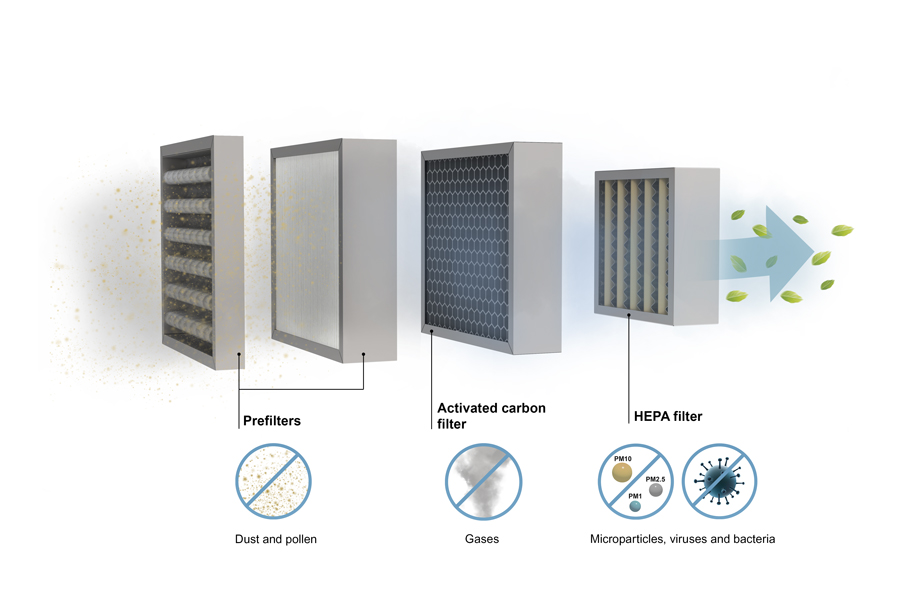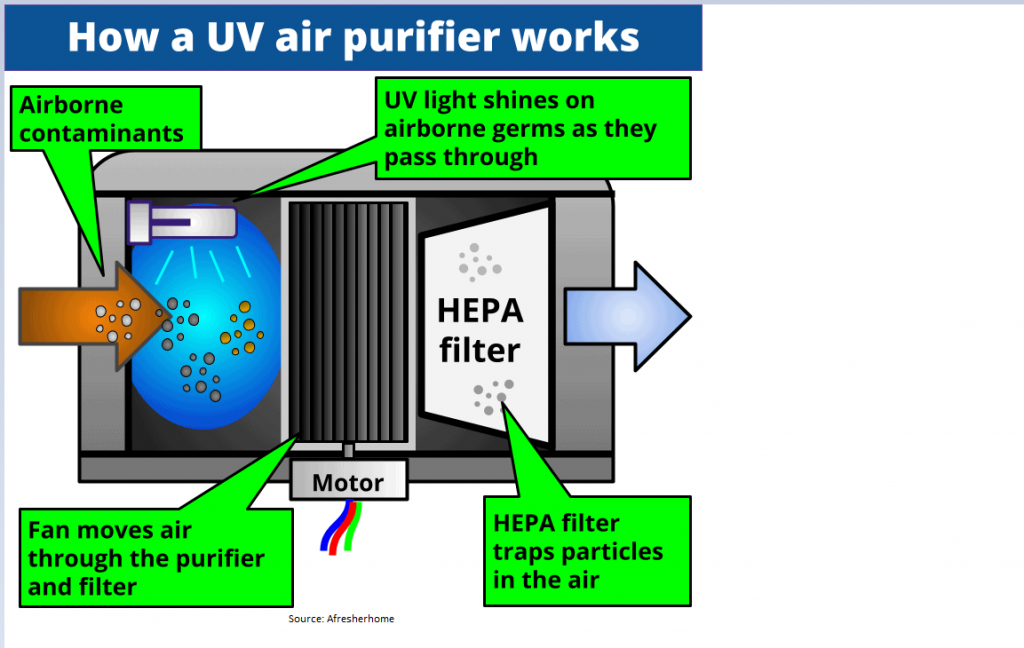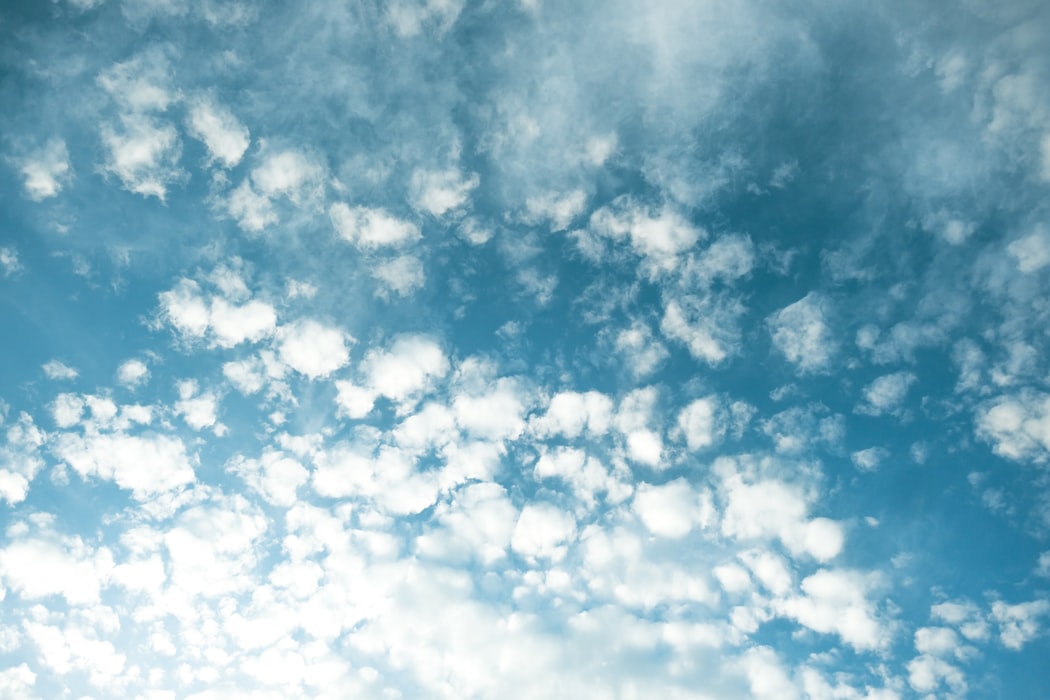
WHAT ARE AIR PURIFIERS?
Air purifiers or otherwise air cleaner is a tool that eliminates infection-laden airborne particles in a room to enhance indoor air quality. It has been widely suggested that air purifiers are useful for asthmatics and people with allergies. It also has the capacity to reduce or eliminate completely smokes emanating from second-hand tobaccos.
The quality of the air we breathe in is critical to sustaining both short and long-term wellbeing, particularly for kids whose respiratory systems are growing. The flip side is that inhaling poor quality air can trigger several damaging side effects such as irritated eyes, dry skin, trouble sleeping, and so on. Poor quality indoor air can likewise aggravate basic respiratory problems such as asthma and allergies.
Given that new housing constructions are more sealed up, indoor ventilation has worsened. Air particles laden with infections can stay in the air for a long period depending on the humidity or heat in the room at that particular time. While sizeable respiratory droplets fall speedily, the smaller aerosols can stay in the air for long periods till it is trapped using air purifiers or eliminated via ventilation.
For instance, the coronavirus is projected to remain in the air for about three hours, which means that people breathing in the air can easily be exposed to the virus if there’s no tool cleansing the air. Also, it often takes two to three hours for the air to be exchanged in a typical home setting. However, you can improve that exchange through an air-purification system by filtering or sanitizing the air every 10 minutes.
DIFFERENT TYPES OF AIR PURIFIER
There are two basic categories for air purifiers including sanitizers and filters. Although, some purifiers merge these two categories in the same component. Filters enhance indoor air quality by eliminating small particles, including pet dander, dust, and pollen floating in the air. These particles trigger allergies when inhaled. The most popular kind of air filter is the HEPA filter.
On the other hand, sanitizers destroy viruses, bacteria, fungal spores, or molds floating in the air. While these infection-loaden particles occur naturally, they can still make you sick if you are subjected to large concentrations. The most popular kind of air sanitizer is UV light purifiers.
HEPA Filter
High-efficiency particle air (HEPA) filters are not exactly new purification technologies per se. Their initial conception came from gas masks implemented in World War II and later expanded with the Manhattan Project. HEPA is designed to filter out microscopic particles and retain them so that they can’t be recirculated. After the air goes through the filter, it is thrust back out into the room, while the purifier pulls in additional polluted air to purify it. At the end of the day, the majority of the air in the room will run through the purifier, reducing the level of particles significantly.

UV Light Purifiers
Ever come across sunshades with captions such as “UVB and UVA protection”? The reason for this is that ultraviolet light from the sun can damage the RNA and DNA in your skin cells, elevating your chances of having skin cancer. UV light devices function in the same way. However, they work with microbes instead. Before you use a UV light purifier, always confirm that it implements ‘safe’ UV wavelengths.
Unlike HEPA filters that remove particles from a room, UV light purifiers start by pulling air into the system but destroys viruses, bacteria, fungal spores, or molds floating in the air by subjecting them to ultraviolet light instead. This purifier is able to break down the chemical bonds created between DNA molecules through a procedure called ultraviolet germicidal irradiation (UVGI). This allows the purifier to make viruses and other infection-laden particles inactive and can also destroy them completely.

AN ESSENTIAL TOOL AGAINST COVID-19
It is obvious that air purifiers are an essential tool today, particularly since the widespread of the COVID-19 pandemic. When used with other measures such as frequent handwashing, social distancing, and masks wearing, air purifiers can be an added layer of protection for the coronavirus. It is advisable that you wear masks and goggles when replacing these filters since it is not yet clear how long trapped particles stay inactive. Ensure you throw out these masks and goggles directly in your trash can. Don’t forget to wash your hands afterward.
Although you should know that most air purifiers have not been autonomously tested in labs to assess their execution against the coronavirus that is responsible for the COVID-19. It shouldn’t come as a shock if you see commercials alleging that their air-purification systems have been studied in a prestigious laboratory or school. While a number of these studies are genuine, the majority are still largely hype by companies striving to stand out in the marketplace.
References
Daily, L., 2020. Can an air purifier help protect you against the coronavirus? [online] Washington Post. Available at: <Daily>
DeMarco, C., 2020. Can air purifiers protect you from COVID-19? [online] MD Anderson Cancer Center. Available at: <DeMarco>
Oransi. n.d. How Air Purifiers Can Help the Fight Against Viruses. [online] Available at: <Oransi>
Smith, D., 2021. 5 Types of Home Air Purifiers: Pros, Cons, and How They Work. [online] Learn.kaiterra.com. Available at: <Smith>
Ww2.arb.ca.gov. n.d. Air Cleaner Regulation (AB 2276) | California Air Resources Board. [online] Available at: <ARB>

